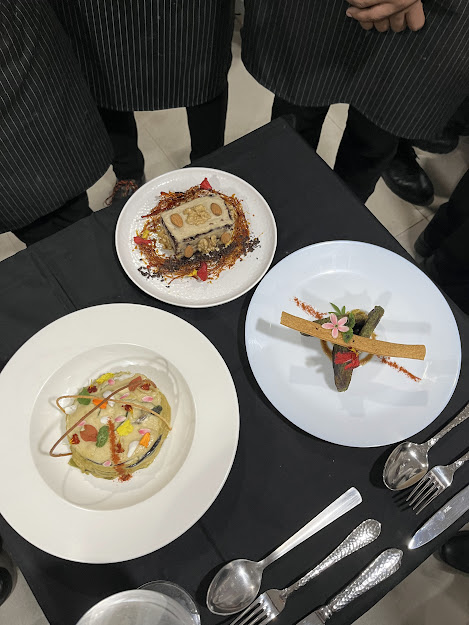Introduction:
Culinary arts represent more than just cooking; they are an intricate fusion of flavors, techniques, and innovation. At the heart of this world lies creativity, a driving force that transforms ordinary ingredients into culinary masterpieces. In this article, we delve into the significance of creativity in the realm of culinary arts, exploring how it shapes the industry and elevates the dining experience.
1. Innovation in Flavor Profiles:
Creativity in culinary arts manifests in the form of innovative flavor profiles. Chefs experiment with a diverse range of ingredients, drawing inspiration from various cultures, traditions, and personal experiences. By blending unexpected combinations and refining traditional recipes, they create dishes that tantalize the taste buds and leave a lasting impression on diners. From fusion cuisine to molecular gastronomy, creativity knows no bounds in the quest for culinary excellence.
2. Presentation as an Art form:
In addition to flavor, presentation plays a crucial role in the culinary experience. Creative chefs transform plates into canvases, using color, texture, and arrangement to elevate their dishes to works of art. Whether through intricate plating techniques or avant-garde presentations, they captivate diners with visually stunning creations that engage all the senses. In the age of social media, where food photography is ubiquitous, innovative presentation has become more important than ever, shaping perceptions and driving culinary trends.
3. Pushing Boundaries with Techniques:
Creativity in culinary arts extends beyond flavor and presentation to encompass innovative techniques. Chefs are constantly pushing the boundaries of traditional cooking methods, embracing modern technology and culinary trends to enhance their craft. From sous-vide cooking to spherification, these techniques enable chefs to unlock new dimensions of flavor, texture, and aroma, pushing the boundaries of what is possible in the kitchen. By embracing experimentation and embracing risk-taking, they redefine the culinary landscape and inspire future generations of chefs.
4. Cultural Fusion and Culinary Diversity:
Culinary creativity thrives on diversity, drawing inspiration from a rich tapestry of cultures, traditions, and cuisines. In an increasingly interconnected world, chefs have access to a vast array of ingredients and culinary influences, allowing them to create dishes that reflect the melting pot of global gastronomy. Through cultural fusion and cross-cultural experimentation, they celebrate diversity and challenge conventional notions of authenticity, creating a more inclusive and dynamic culinary landscape.
5. Nurturing Creativity in Culinary Education:
To cultivate the next generation of culinary innovators, it is essential to nurture creativity in culinary education. Chefs-in-training must be encouraged to think outside the box, experiment fearlessly, and embrace failure as a learning opportunity. By providing them with a solid foundation in culinary fundamentals while fostering a spirit of curiosity and exploration, culinary schools can empower students to become agents of culinary innovation, driving the industry forward with fresh ideas and bold creativity.
Conclusion:
Creativity is the lifeblood of the culinary arts, driving innovation, inspiring new flavors, and shaping the way we experience food. From the fusion of flavors to the art of presentation, chefs harness their creativity to transform ordinary ingredients into extraordinary culinary creations. As the culinary landscape continues to evolve, creativity will remain at the forefront, guiding chefs on a journey of exploration and discovery, and enriching the dining experience for food lovers around the world.






Comments